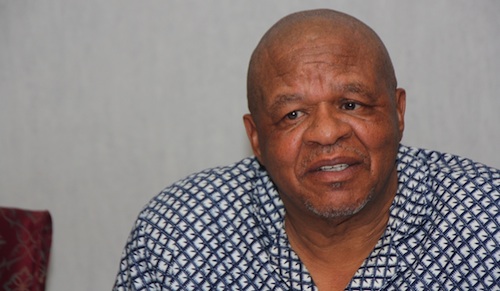
Telecommunications operators that want to get their hands on the radio frequencies that will be made available when broadcasters move to digital terrestrial television could soon have an idea of how it will be divvied up.
The Independent Communications Authority of SA (Icasa) says it plans to develop a regulatory strategy that will include a 10-year plan for managing spectrum that could be used for broadband roll-out in SA.
“[The strategy] will seek to bring a holistic approach to regulatory activities that are relevant to meeting government’s policy goal of achieving universal access to broadband by 2019,” Icasa chairman Stephen Mncube says in a statement.
The new 10-year plan will not only provide more information on the imminent auction of spectrum in the 2,6GHz and 3,5GHz bands but will also examine the allocation of the so-called “digital dividend” television spectrum when it becomes available in a few years’ time.
SA broadcasters are expected to step up the shift from analogue to digital television in 2011 following almost a year of uncertainty over which technical standard the country would use.
Communications minister Roy Padayachie put the contentious issue to rest last month when he announced cabinet had endorsed the second generation of the European standard for digital terrestrial television.
Padayachie also announced that broadcasters had until December 2013 to complete the migration process. Initially, broadcasters were expected to have completed migration by the end of this year.
The spectrum that will be freed up in the 800Mhz band has already been identified by many countries as ideal for delivering the next generation of wireless broadband services using a technology called long-term evolution.
Though it is unlikely Icasa will allocate the spectrum this year, a regulatory plan that will govern its allocation could save time and money when the spectrum eventually becomes available three to five years from now.
Mncube says the 10-year plan will also include details on local-loop unbundling — a process that will allow competing telecommunications operators access to Telkom’s copper infrastructure that enters homes and businesses, also called the “last mile”.
He says one of Icasa’s top priorities for the coming year will be the release of regulations governing the process. The regulations are likely to explain exactly what aspects of the local loop competing players will be able to access.
Icasa is encouraging operators that want access to the local loop to use facilities-leasing regulations as a basis for their applications. — Staff reporter, TechCentral
- Subscribe to our free daily newsletter
- Follow us on Twitter or on Facebook




